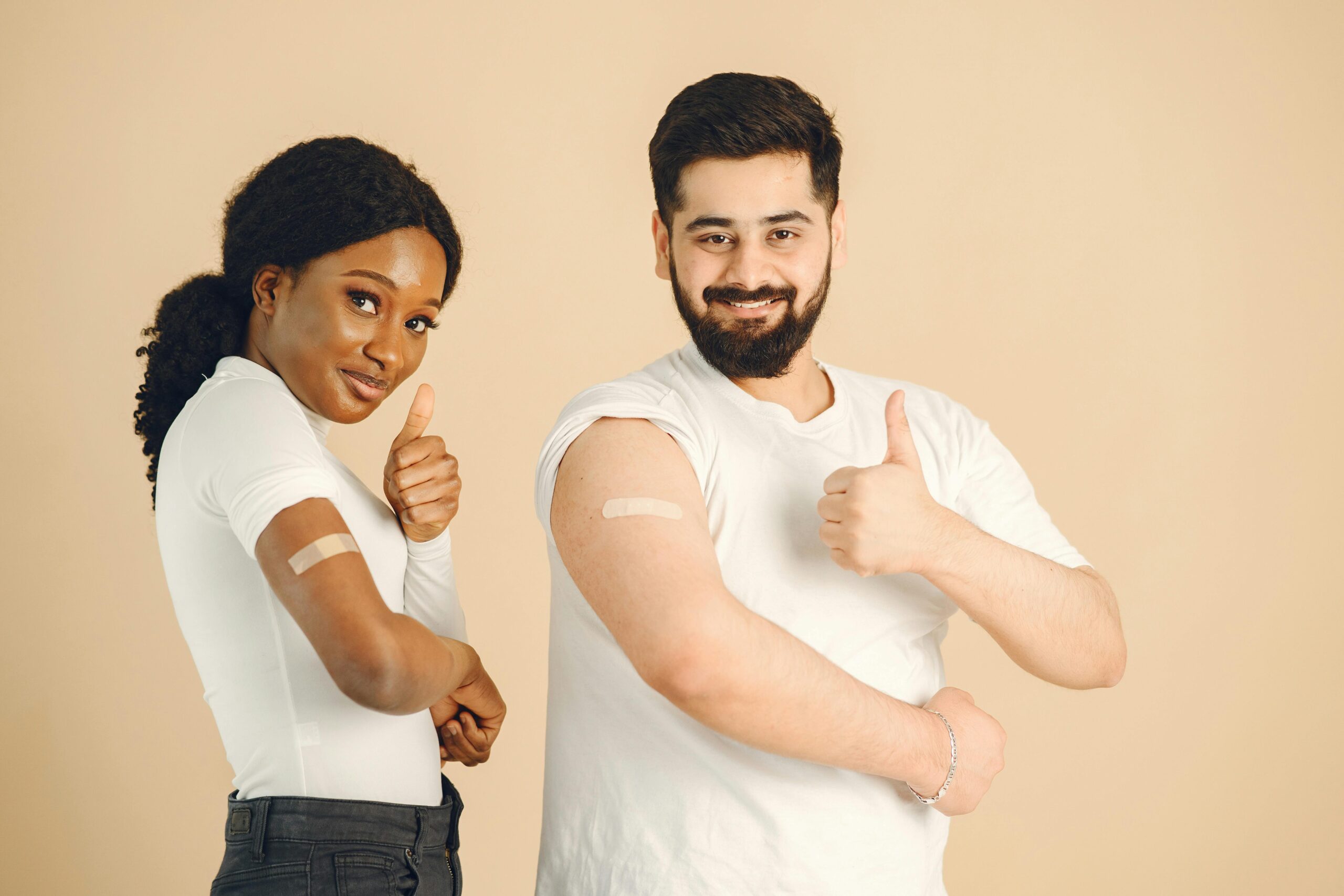Read how vaccine marketing strategy has evolved post-COVID. From TikTok docs to trust-building, know how pharma vaccines campaigns are winning hearts and arms.
The World has changed—and so has Vaccine Marketing
Once upon a time, all you needed was a white coat, a notepad, and a stern government PSA. Fast forward to today , and marketing vaccines in a post-pandemic world feels more like launching a lifestyle brand than a medical campaign.
A modern vaccines marketing strategy requires charisma, cultural fluency, and a little bit of meme magic. With vaccine hesitancy on one side and digital noise on the other, pharmaceutical brands are being pushed to market smarter and faster.
So, how are most successful pharmaceutical vaccine campaigns navigating this new terrain?
Step 1: Know Thy Audience
Gone are the days of “one-size-fits-all” messaging. Today, if you’re not customizing your vaccine marketing strategy to Gen Z, Boomers, and the chronically online, you’re basically whispering in a hurricane.
For example, Moderna’s approach didn’t just rely on government partnerships. They invested in community listening, partnering with influencers, barbershops, and even churches.
The vaccine sure does come in a vial, but trust doesn’t.
“People don’t buy what you do, they buy why you do it.” —Simon Sinek (probably watching Pfizer’s TikTok account)
Step 2: Turn Social Media into Your Megaphone
Let’s talk Instagram—and not the sterile, corporate kind. Think selfies post-jab, hashtag challenges, and fancy reels that say, “Vaccinated and caffeinated.”
Pharmaceutical vaccine campaigns that win today are those that embrace platform-native storytelling.
The CDC’s “Stronger” campaign enlisted real people telling real stories. No lab coats, no charts. Just non-pharma humans.
Also, TikTok is basically the town square now. Doctors like @DrJenCaudle and @dr.karanr are delivering vaccine facts with flair. Their secret recipe? Humour, rhythm, and that rare combo of MD and LOL.
Check what we covered about this- https://uspharmamarketing.com/social-media-pharma-now-pokes-the-algorithm/
Step 3: Packaging = Perception
Funnily, packaging matters. We are not jazzing up vaccine vials with glitter, but branding it right is crucial. The success of vaccine marketing strategies like India’s Co-WIN platform was partly due to its friendly user interface and accessibility. It felt simple, safe and normal.
A bureaucratic nightmare that some countries had in comparison makes you feel lucky, if your platform feels like a tax form, people will run.
Step 4: Collaborate clinics with cultures
The smart brands are co-opting culture and not competing fiercely anymore. Think vaccine-themed fashion drops (yes, that happened), or musicians offering free entry to vaccinated fans.
Moreover, In the US, Krispy Kreme gave away free doughnuts for jabs. In the Philippines, vaccinated citizens entered raffles to win motorcycles.
It was both, a health initiative and a marketing master-class, in one.
Step 5: Embrace data like it’s your best friend
We’re talking real-time dashboards that show vaccine sentiment by city, age, and even Twitter meme.
Savvy marketers are mining this data to shuffle messaging, adjust ad spend, and pivot fast. Moderna and Pfizer both used AI tools to analyze social chatter and reduce misinformation exposure.
Now, what’s the goal? Getting to know your audience before they know what questions they’ll ask. It’s like psychic marketing—but with science.
Step 6: Rebranding “Big Pharma” without the Baggage
Let’s face it: pharmaceutical brands don’t always have the best rep. Which is why some vaccine marketing strategies now include—humility.
Instead of jargon-packed ads, companies are speaking plainly, showing vulnerability, and even admitting what they don’t know. This “flawed but trying” facade humanizes brands and builds trust.
In a world where misinformation spreads faster than the flu, transparency is not optional. It’s everything.
Step 7: Think Global, Act Local
Although pandemics are global, emotions are deeply local. What’s persuasive in Stockholm may fall flat in Seattle.
That’s why winning pharmaceutical vaccine campaigns heavily rely on hyper-local outreach. Think regional languages, local doctors, and influencers who don’t just look the part—they live it.
In Africa, campaigns partnered with village leaders and mobile clinics. In Japan, messaging emphasized social responsibility. And in Brazil ? They tapped beloved footballers.
Same goal, different vernaculars of trust.
Step 8: Make it about more than a Shot
Finally, the most brilliant vaccine marketers are not selling vaccines. They’re selling hope, normalcy, hugs, holidays, and everything else people miss.
A needle is just the vehicle. The destination ? Brunch parties, school reunions, travel plans, concerts without masks.
Pharmaceutical vaccine campaigns that make people feel excited, not obliged, tend to outperform those that dwell on guilt or fear.
It’s not “Get the jab because we said so.”
It’s “Get the jab so grandpa can dance at your wedding.”
The Verdict: The Future of Vaccine Marketing is Human
Now, where do we go from here?
For starters, marketing vaccines in a post-pandemic world means blending science with storytelling, data with dance trends, and regulation with relatability.
The pandemic changed how we live, but also how we listen. The best vaccine marketing strategies will adapt by being agile, authentic and just a little bit absurd (in a fun way).
Because if we can sell people $6 bottled water and avocado toast earrings, surely we can sell saving lives—with style.

